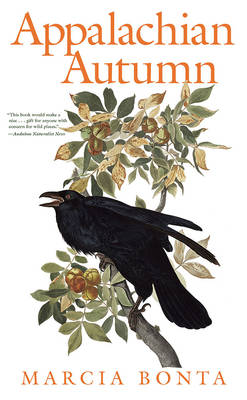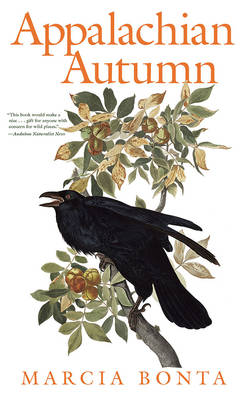
- Retrait gratuit dans votre magasin Club
- 7.000.000 titres dans notre catalogue
- Payer en toute sécurité
- Toujours un magasin près de chez vous
- Retrait gratuit dans votre magasin Club
- 7.000.0000 titres dans notre catalogue
- Payer en toute sécurité
- Toujours un magasin près de chez vous
Description
Like her popular Appalachian Spring, Marcia Bonta's new book offers a day-by-day account of the changing world of nature in the mountains of central Pennsylvania. This time she chronicles the beauties of the autumn months as she walks the familiar roads and trails of her 500-acre mountain-top farm, noting the minute transformations of the season as well as the more dramatic ones. But her quiet sojourn in the natural world is shattered by the intrusion of a lumberman who insists upon clear-cutting a neighboring property. The massive bulldozers and skidders crush every tree and shrub, weed, and wildflower, leaving only rubble in their wake. The Bontas become involved in a lawsuit challenging this violation of the land they love and seeking to protect their own property from the effects of the logging. "Autumn is a bittersweet time," Bonta writes, "a season of good-byes, when, after the flaming leaves fall and start the inevitable process of decay, we are left with only the bare bones of nature." Fleeing from the whine of chain saws and the crash of falling trees, she roams the mountain-top, watching wild turkeys forage in the field, flocks of migrating birds feast on wild grapes, does and bucks eye each other in their mating ritual. But she can never completely evade the insistent question: What is the relationship between humans and nature? Does ownership give one the right to do as one pleases with the land and all the flora and fauna living on it? Does the natural world exists solely to satisfy mankind's desire for profit? The answer is not simple; it cannot be drawn in winter's black and white. But the issues must be of concern to every thoughtful person. Marcia Bonta's Appalachian Autumn offers a new voice in the ongoing debate.
Spécifications
Parties prenantes
- Auteur(s) :
- Editeur:
Contenu
- Nombre de pages :
- 256
- Langue:
- Anglais
- Collection :
Caractéristiques
- EAN:
- 9780822955344
- Date de parution :
- 28-07-94
- Format:
- Livre broché
- Format numérique:
- Trade paperback (VS)
- Dimensions :
- 134 mm x 215 mm
- Poids :
- 299 g

Les avis
Nous publions uniquement les avis qui respectent les conditions requises. Consultez nos conditions pour les avis.






